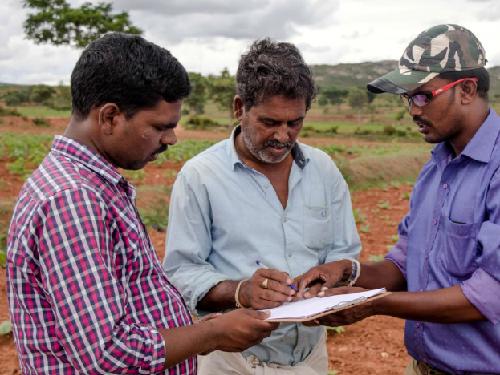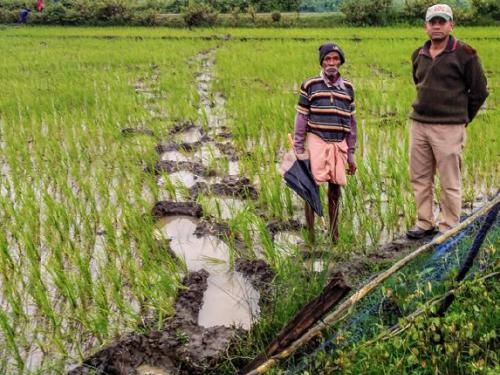Krithi K. Karanth
Other projects
19 Mar 2015
Wild Seve: Transforming Human-Wildlife Conflicts in India Using Mobile Technology and Crisis Mapping
1 Nov 2019
Public Safety Training and Awareness for Villages Facing High Human-Wildlife Conflict in Karnataka, India
Conservation successes have increased the severity of human-wildlife conflicts (HWC) around Nagarahole and Bandipur National Parks. When wildlife are seen as a cost, in lost crops and livestock, and as a threat to safety, local families may retaliate by killing “problem” animals. Despite government compensation policies for losses associated with HWC, <30% households reported receiving payment, primarily because the government is overwhelmed and unable to respond in a timely manner. Wild Seve launched in 2015, is a mobile-based system for reporting and tracking responses to HWC incidents. As of July 2017 >7000 cases have been filed, 4700 cases are being tracked, and >2190 families have received compensation. Wider deployment of Wild Seve will ensure that families incurring losses receive timely compensation, and measures to reduce livestock and crop losses are targeted in conflict hotspots. This will help build tolerance and decrease motivation to retaliate against wildlife.

Wild Seve field assistant (right) using the pen and paper method to record villagers’ complaints of crop damage by wildlife. Data are now recorded electronically. ©CWS.
WildSeve applies mobile technology to provide an innovative, locally developed, and easily scalable solution focused on reducing Human Wildlife Conflict-related losses around two Indian reserves. With WildSeve team’s assistance, people can immediately file for compensation following a conflict incident and invest significantly less time and resources in subsequent follow-up with authorities. WildSeve currently targets > 600 conflict prone villages around Nagarahole and Bandipur. With support from the Rufford Foundation, we plan to expand Wild Seve’s coverage to an additional 200 villages, simplify the compensation filing process, assist concerned governmental agencies promptly redress such claims, and improve the efficiency of project monitoring through the development of a mobile-based application using Open Data Kit tools. To assist families residing in high risk areas that experience HWC incidents repeatedly, we will document and test the effectiveness of alternative cropping strategies and different livestock corral designs at improving crop and livestock protection.

A farmer (left) shows a Wild Seve field assistant the tell-tale marks left by elephant feet across a rice paddy field that lies in the path of their migration. ©CWS.
In the short term, wider deployment of Wild Seve will enable many more poor rural families receive timely compensation for HWC losses, and allow mitigation efforts be more effectively targeted at the most vulnerable people and places. In the long term, this effort will
a) strengthen government agency capacity to provide timely response for reported HWC incidents,
b) evaluate the effectiveness of livestock protection corrals as a way to mitigate carnivore attacks on livestock;
c) evaluate the economic and social viability of alternate crops or non-agricultural sources of income.
These are essential to ensure that ongoing conservation successes with rebounding wildlife populations in this important landscape are supplemented with enabling local communities to live with wildlife.